Finding a company’s market value
30/01/2025
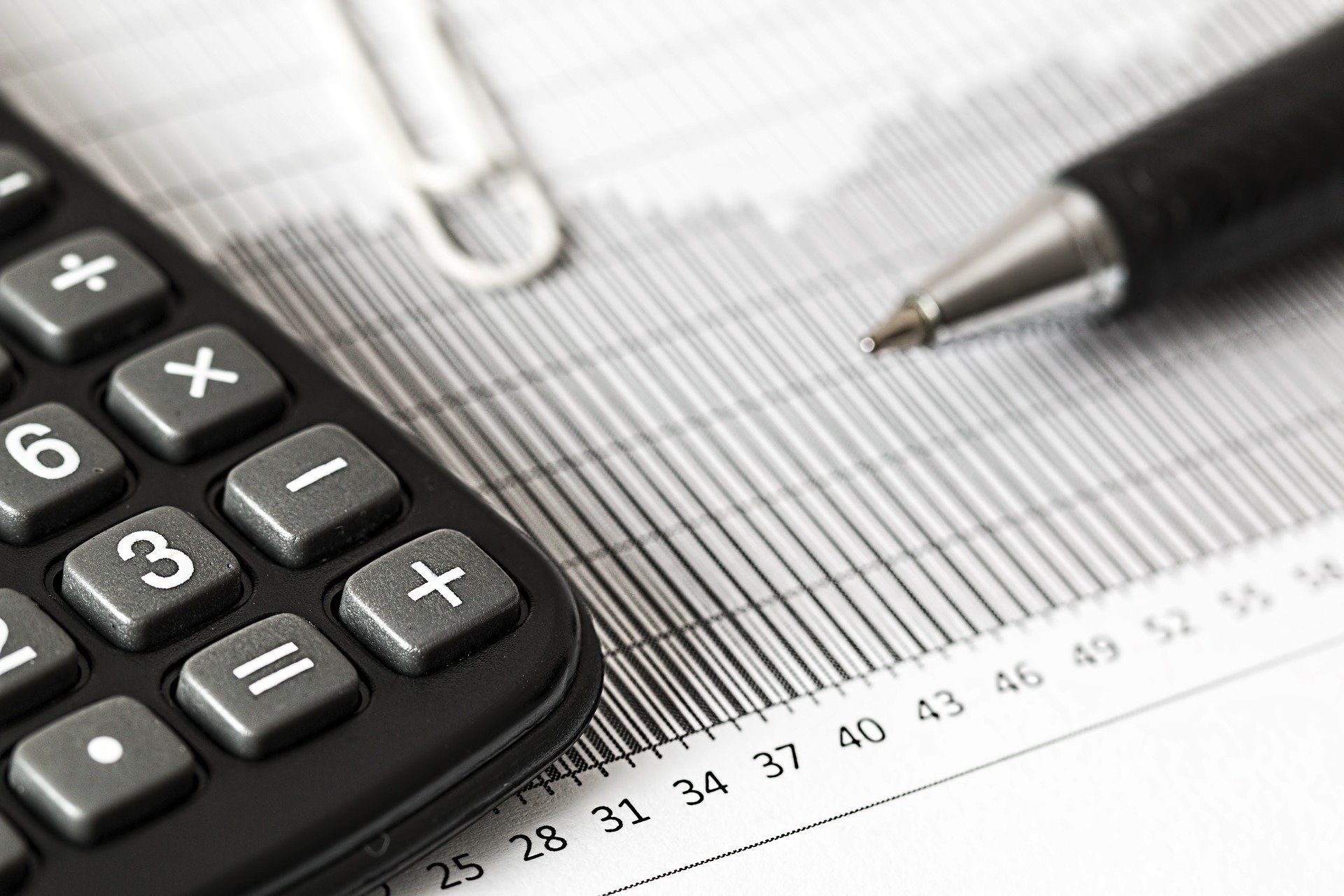
If you had to find a company’s market value, would you know where to look? Now, before you ask, we’re talking listed companies only here, so solely those which have shares actively traded on a stock exchange. This kind of figure is notoriously difficult to calculate for privately-owned enterprises but can easily be found for public companies worldwide. You just need to know where to look!
The market value of a publicly-traded company is known as its market capitalisation, or ‘market cap’ for short. The market cap itself is a fairly simple figure, generated by calculating the market value of the company’s outstanding shares (so we take the current share price and multiply it by the quantity of shares currently in circulation). It will therefore vary from day to day, minute to minute depending on a company’s share price.
If you don’t have the time or the inclination to do the calculation yourself, the figure can be found in various online services including Capital IQ, Bloomberg, Fame, and Workspace. Read on to find out more.
Capital IQ
In Capital IQ you will find Market Cap in the company record. It is featured on the company summary page and the Key Stats option in the ‘Financials/Valuation’ menu will give you a more in-depth breakdown.
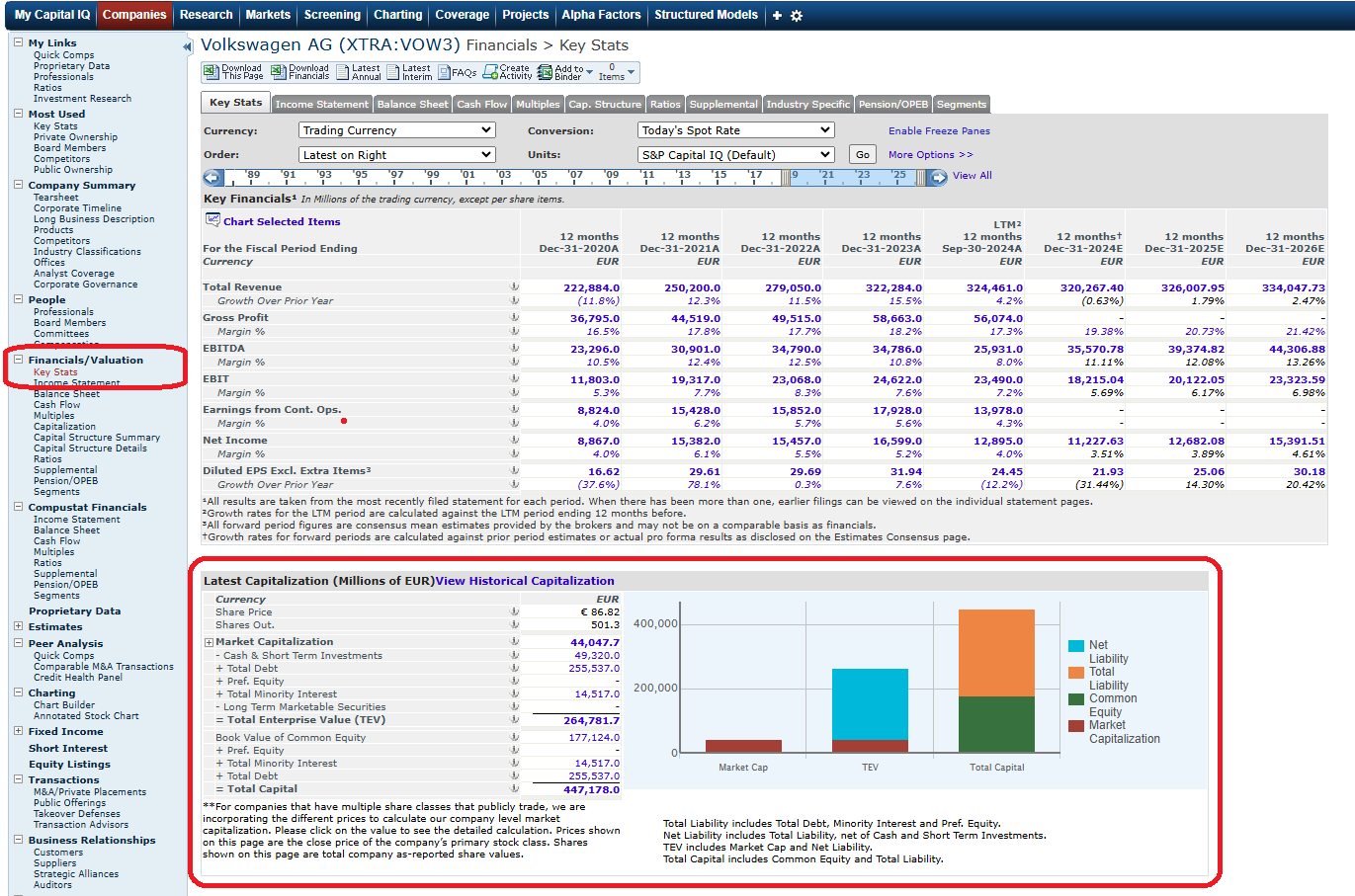
Market Capitalization in Capital IQ
For historical Market Cap, select ‘Capitalization’ from the left hand menu, again under the ‘Financials/Valuation’ heading. You will find figures for both the most recent Market Cap and historical values.
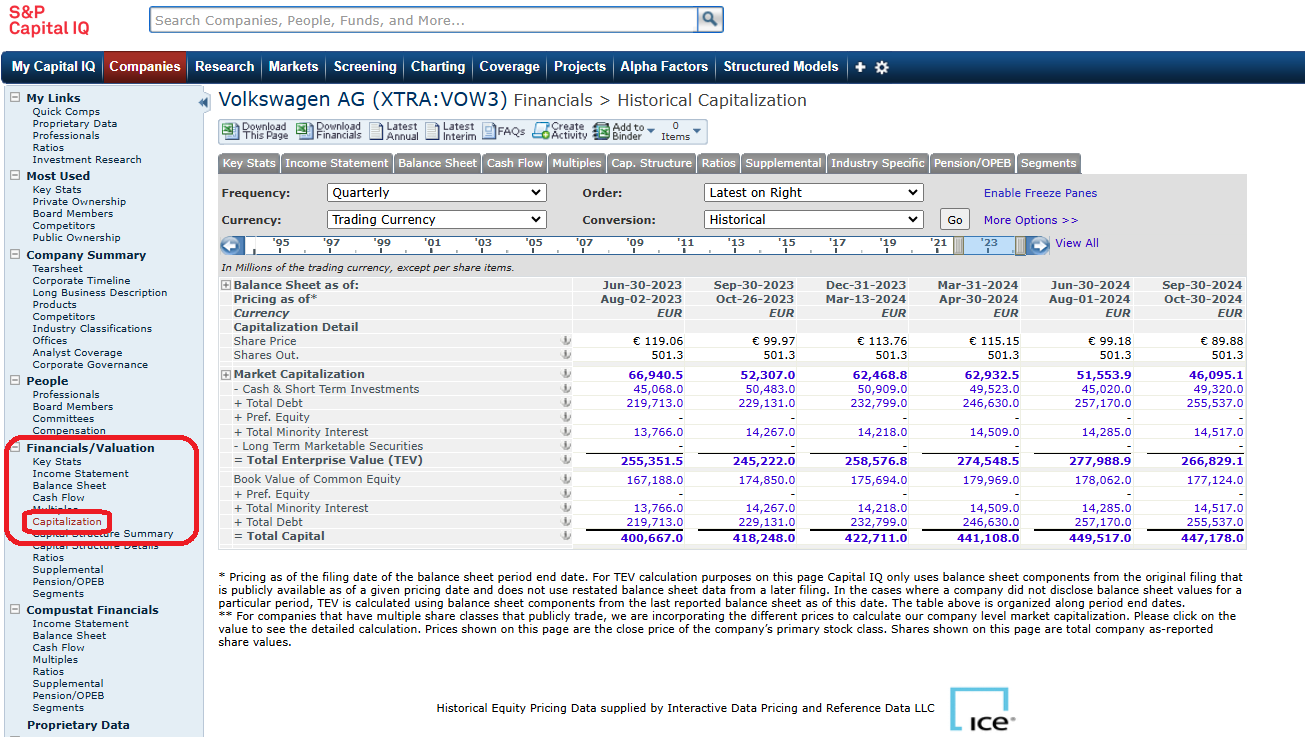
Historical Capitalization in Capital IQ
For more information about Capital IQ, including how to set up your own account, see our previous post here.
Bloomberg
Bloomberg’s Market Cap can be found on the Company Description (DES) for any company, beneath the price chart.
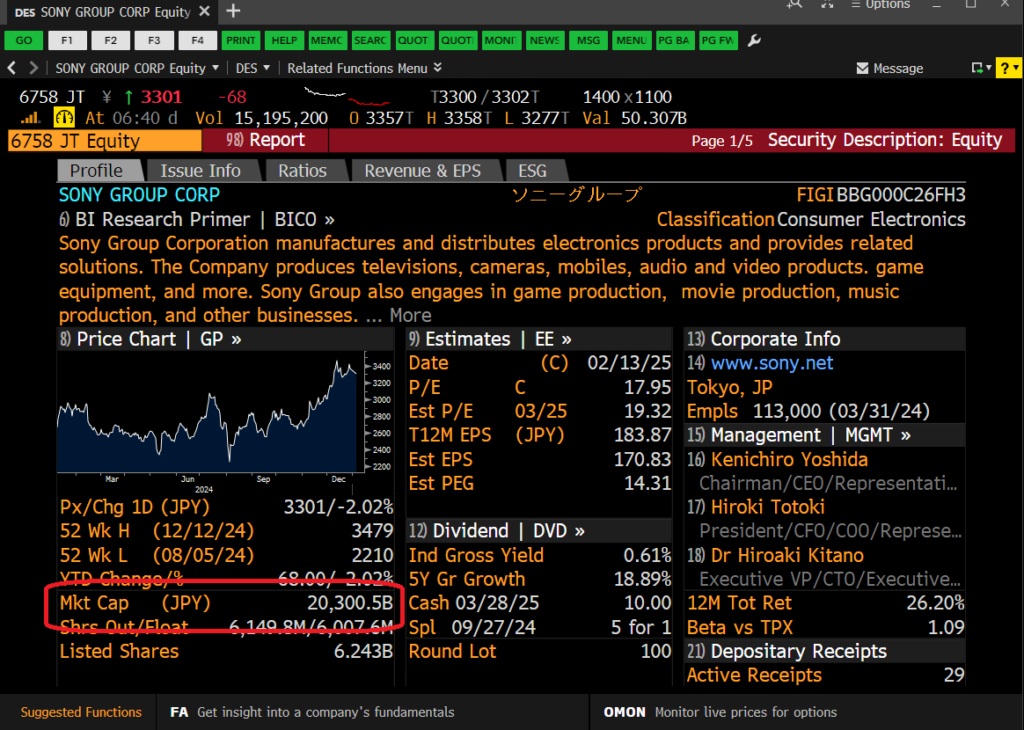
Market Capitalization in Bloomberg
For more information on Enterprise Value, which includes more than just Market Cap, click on the Market Cap figure.
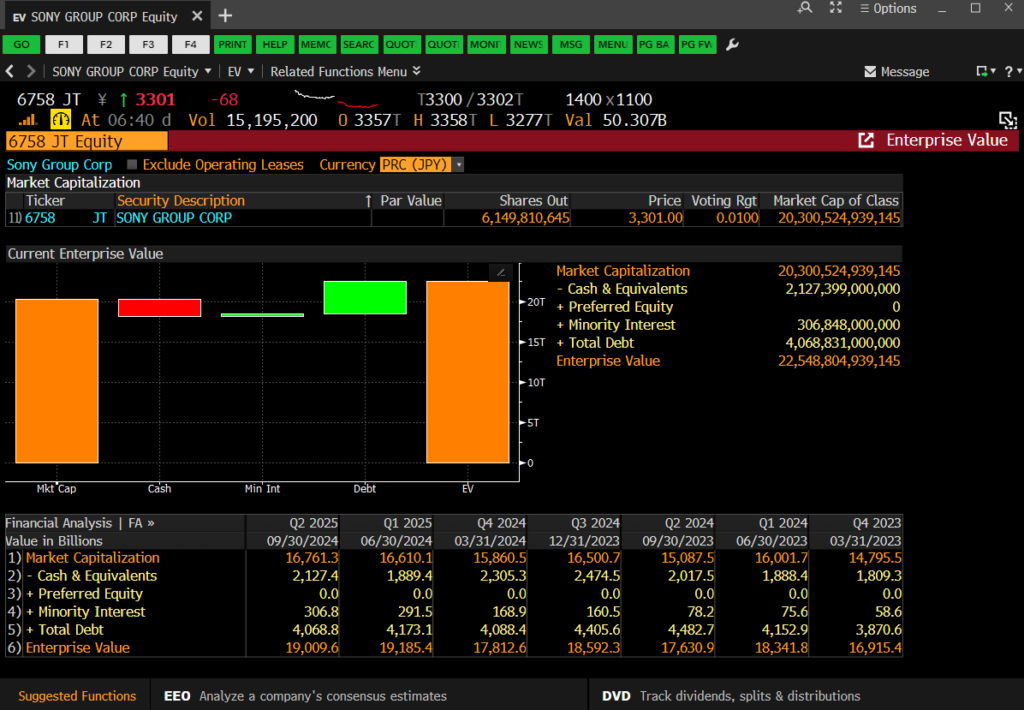
Enterprise Value in Bloomberg
If you’re new to Bloomberg, we recommend reading our post on Bloomberg basics before you set up your account.
Fame
Fame displays Market Cap on its company report. This can be found on the Key Information section of any publicly traded company’s report. Click on ‘More’ for a more comprehensive ‘Stock profile’.
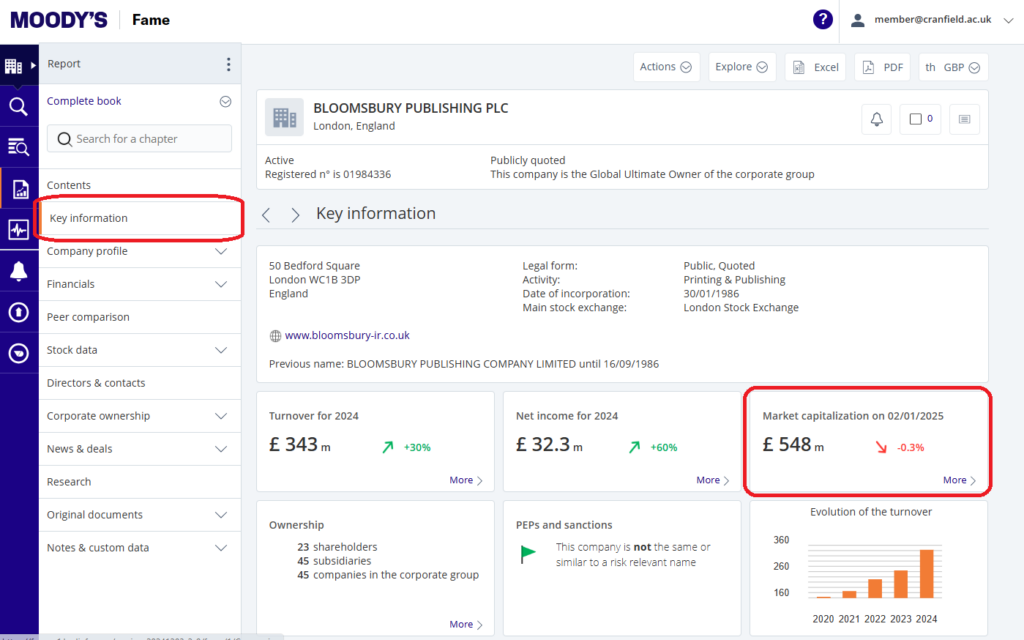
Key Information screen in Fame
Workspace
In Workspace we can access Market Cap from the summary screen. A default, free float and outstanding share value is available with default share type being the most commonly stated.
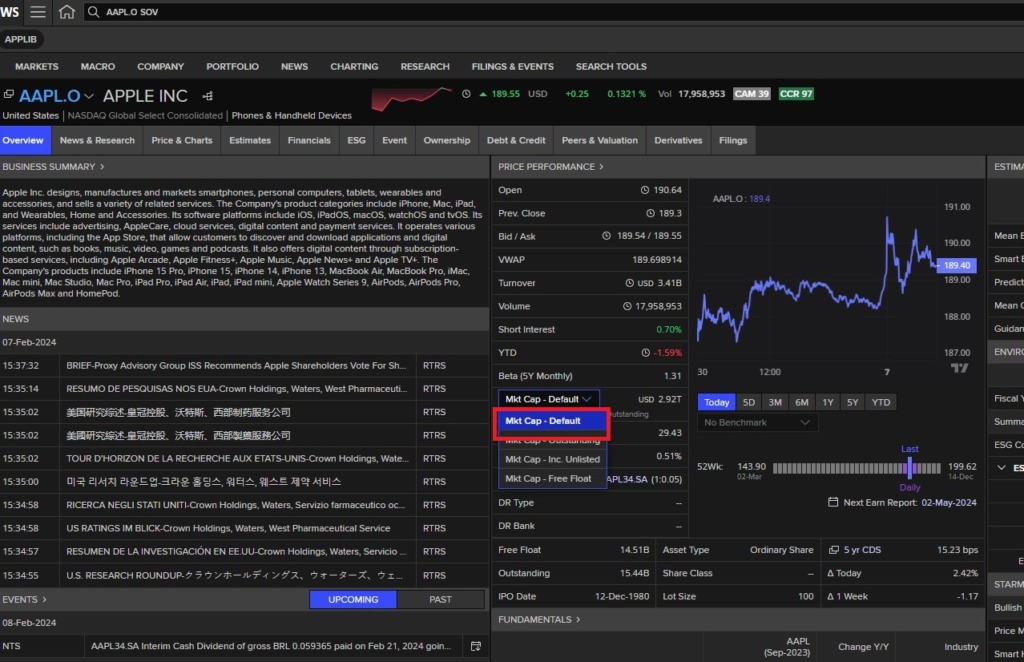
Workspace summary screen
If you don’t have a Workspace account, you need to register for one. Follow the instructions here.
Contact us at library@cranfield.ac.uk if you need any help doing this or any other similar searches.
Feature image from Pixabay. Available at: https://cdn.pixabay.com/photo/2016/09/19/18/30/calculator-1680905_960_720.jpg
Categories & Tags:
Leave a comment on this post:
You might also like…
Landing at Cranfield: First-term experiences and life beyond the classroom
Starting a postgraduate course can feel daunting, especially if you’re new to the aviation industry. In this blog series, Adit Shah shares his journey on the Air Transport Management MSc at Cranfield. From first-term ...
Accelerating ambition: How Amelie Rohan engineered her future at Cranfield
In the world of high-performance automotive engineering, the gap between being a “fan” and being a professional is measured in more than just miles. It is measured in technical precision, hands-on ...
Study better and smarter in 2026
Happy new year! Now is the perfect time to reflect on your studies so far, thinking about what you’re doing well and where you need to focus a bit more attention. Getting back into ‘study ...
Cleared for the future: Why aviation leaders must embrace environmental sustainability
Environmental sustainability is not a niche concern for aviation anymore, it’s central to how we think about the future of our industry. In my work as an Associate Professor of Airport Decarbonisation, I see first-hand ...
Preparing your work for Turnitin submission
Before submitting your work into Turnitin for similarity checking, if you have used referencing software then you may need to take some important steps first. Mendeley and Zotero integrate with MS Word by embedding field ...
The fast track to supercar engineering: My Cranfield journey
It’s been a dream come true to work on some of the world’s most prestigious supercars – the Aston Martin Valhalla, McLaren 750 & Artura, the GMA T.33. But every successful ...






